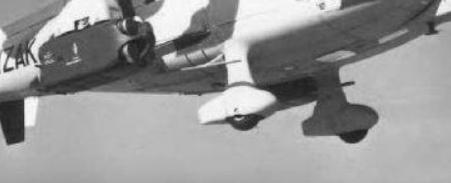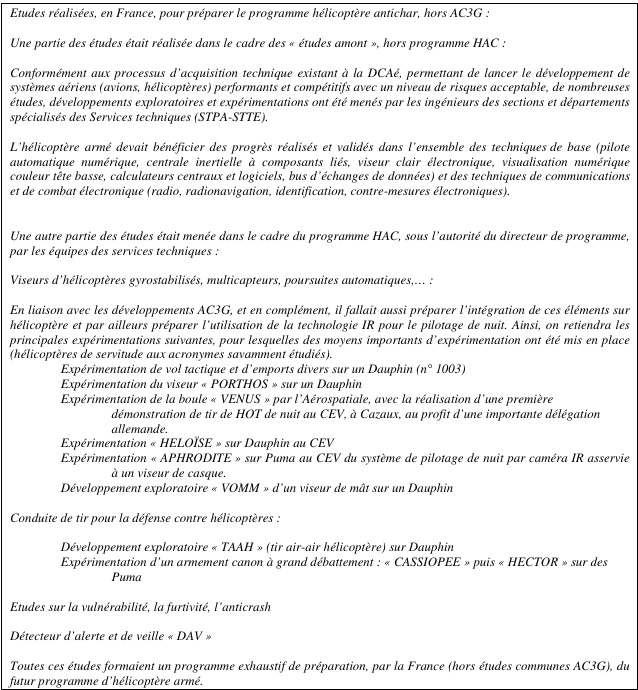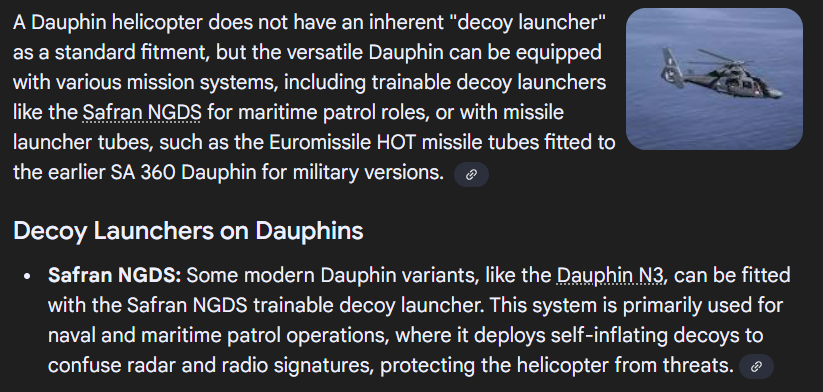- Yes
- No
Hello everyone, and welcome to this new proposal.
Today, I’m presenting a French helicopter prototype that has led to the Dauphin and Panther helicopters.
The SA.361 HCL (Light Combat Helicopter) is an experimental militarized version of the SA.360 Dauphin, developed by Aérospatiale in the early 1970s. The SA.360 was originally a light, single-engine civilian helicopter, which served as the basis for the development of the much better-known twin-engine Dauphin 2. The SA.361 HCL represents an early attempt at an armed reconnaissance and combat support helicopter. It was equipped with light armament, includingthe HOT anti-tank missiles. The prototype made its first flight in 1973, but never entered series production. Although it demonstrated interesting qualities, particularly in terms of maneuverability and simplicity, the concept was quickly abandoned in favor of more ambitious projects, such as the Tiger, or adaptations of existing helicopters such as the Gazelle.
The SA.361 HCL was never put into operational service in the French army. It remained at the prototype and technological demonstrator stage. At the time, the French army was moving towards more specialized and proven helicopters for its combat missions, such as the Gazelle SA.342M, which offered greater technological maturity, integrated armament and an architecture better suited to the requirements of the modern battlefield. The SA.361 HCL, however, contributed to the evolution of armed light helicopter concepts and to the experience accumulated in the design of combat aircraft at Aérospatiale. Today, it constitutes a forgotten but interesting milestone in the history of the French military helicopter, foreshadowing certain technological choices that would later be taken up in programs such as the Panther or the Tiger.

Caracteristics
-
Length : 13.20 m
-
Width : 11.50 m
-
Height : 3.54 m
-
Weight :
- Min : 1637 kg
- Max : 3000 kg
-
Crew : 1 pilot + 9 passengers
The aircraft is powered by a 1400 hp Astazou XX turbine, allowing it to reach a maximum speed of 245 km/h and a ceiling of 2450 m. The range is estimated at 400 km. The Starflex rotor used on it is announced as lighter than that used on the civilian version of the prototype
Equipments
-
SFIM VENUS
The VENUS system from Thomson-CSF (stabilized night deviation sight) is a targeting system installed at the front of the aircraft and allowing the firing of HOT missiles during night (NVD). -
SFIM APX M397
This targeting system, located above the aircraft’s cabin, is the same as found on the first version of the Gazelle. A stabilized sight, this device allows missile firing during the day.
Some sources announce the presence of the TRT Hector in the VENUS optical ball which would have given infrared detection capacity to the Dolphin, however this information is not relayed by the main sources and the IR capacity is therefore unlikely.
The aircraft never received a self-defense/protection system. It therefore does not have a RWR or decoy launcher.

Weapons
The armament tested on this aircraft consists of two quadruple HOT missile launchers placed on either side of the hull. This weaponry provides an interesting ground strike capability for this helicopter.
In game this aircraft would have an interesting place in the tree, it is indeed one of the largest single-engine aircraft that France has produced, giving it a maneuverability and speed that is to say the least reduced, this being compensated by its armament allowing it to engage numerous targets. The gameplay would therefore be rather original for a French aircraft and would bring novelty and originality to the research tree.










